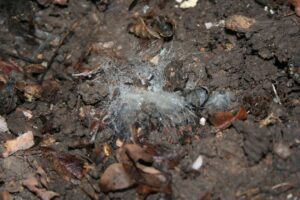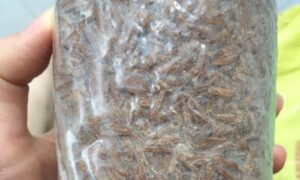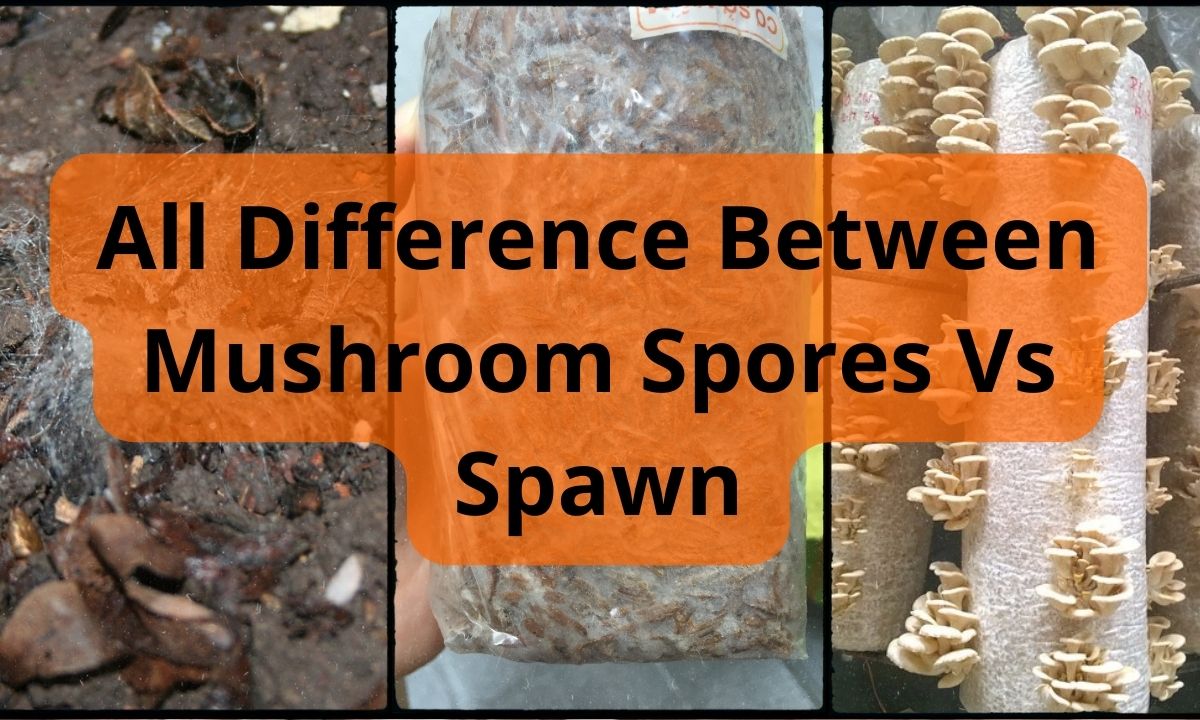All Difference Between Mushroom Spores Vs Spawn
Mushroom spores and spawn are two important components of mushroom cultivation.
While they are both used to propagate mushrooms, they are not the same.
Understanding the differences between the two is key to successful mushroom cultivation.
Contents
What Are Mushroom Spores?
Mushroom spores are the reproductive cells of mushrooms.
Spores are the primary way that mushrooms reproduce and spread. They are microscopic and contain the genetic material of the mushroom.
They are produced by the gills of the mushroom and are released into the air.
When the spores land on a suitable substrate, they will germinate and form mycelium.
What Is Mycelium?

Mycelium is the vegetative part of a fungus.
It is a network of fine, white, thread-like filaments that grow in the soil and on other substrates.
Mycelium is the part of the fungus that absorbs nutrients and produces mushrooms.
Is Spawn and Mycelium the Same?

No, spawn and mycelium are not the same.
Spawn is a substrate that already has mycelium growing on it.
Mycelium, or actively growing mushroom culture, is placed on growth substrate to seed or introduce mushrooms to grow on a substrate.
This is also known as inoculation, spawning or adding spawn.
Do Spores Turn Into Mycelium?
Yes, spores can turn into mycelium.
When spores land on a suitable substrate, they will germinate and form mycelium.
The mycelium will then spread out and colonize the substrate.
What Is the Difference Between Mushroom Spawn and Substrate?
Mushroom spawn is a substrate that already has mycelium growing on it.
Substrate is the material on which the mycelium will grow.
Common substrates include wood chips, straw, compost, and sawdust.
Spawn is used to inoculate the substrate and provide a source of mycelium.
For growing mushrooms at home, mushroom spawn is generally the easiest option for beginners. It can be used to inoculate a variety of substrates, including straw, sawdust, and coffee grounds, and it has a higher success rate than spores.

